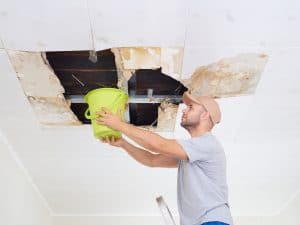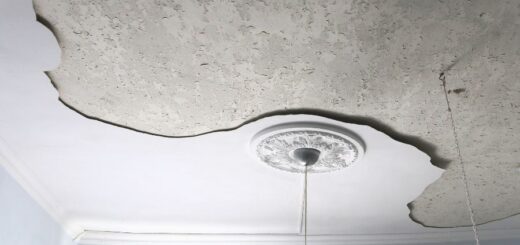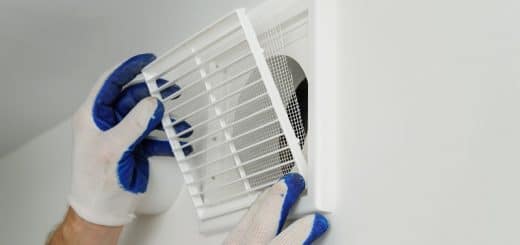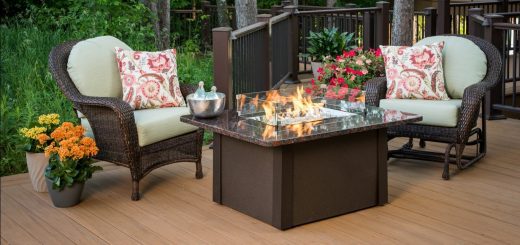7 Essential Ways to Renovate Your Home After Water Damage
Water damage isn’t a new phenomenon. There are plenty of real-life instances where houses get flooded due to heavy rains or leaky pipes.
Whatever might be the cause, once your house is damaged by water, you need to clean up and renovate as soon as possible to avoid any further damage.
Thankfully, plumbing has come a long way and even those who can’t tell the difference between a wrench and an auger can reverse the damage caused by water with barely any effort. Once you find out the source of damage, it’s much easier to find a fix.
So, here are seven essential ways in which you can renovate your home after water damage.
1. Locate the water source
Begin with the basics. Try to locate the source of water damage in the home. Typically, there are three sources of water flowing at homes.
Clean water comes from rain or leaky pipes, gray water comes from appliances like washing machines and dishwashers, and black water originates due to sewageSewage is wastewater containing biological and chemical cont... More leakage.
If a house is damaged due to clean or gray water, you can try cleaning it up yourself, but black water removal needs professional help.
2. Dry the area soon and look out for hidden moisture
MildewMildew is a type of fungus that grows on damp surfaces, typi... More growth can follow if water remains standing for more than 24 hours.
Therefore, you need to relocate the furniture and every other possible item in the house to a safe and dry location and try draining as much water as possible.
Once most of the items are taken out of the house, inspect every corner to look for hidden moisture.
Check out floorboards, spaces underneath the carpet, door frames, ceiling, and the areas near the bathtub or sink to see if they require any repairs.
3. Inspect for mold
Check the water-damaged areas for moldMold is a type of fungus that grows in damp or humid conditi... More. If you find slight moldMold is a type of fungus that grows in damp or humid conditi... More growth on wood or carpet, you need to either treat them with a bleach solutionA solution is a homogeneous mixture of two or more substance... More or cut out the areas and replace them with new ones.
Some molds are toxic for humans, so if the moldMold is a type of fungus that grows in damp or humid conditi... More growth seems extensive, seek help from a mold remediation professional for the best solutionA solution is a homogeneous mixture of two or more substance... More.
4. Disinfect the house
Once the damaged materials have been removed, disinfect the house, especially the affected areas, before you start to renovate personally or professionally.
This is a crucial step to ensure that no moldMold is a type of fungus that grows in damp or humid conditi... More or bacterial growth is lingering in the water-damaged areas of the house.
5. Renovate critical areas of the house
Once the house is disinfected, create a checklist of areas to be renovated. It helps if you prioritize in terms of what adds value to a home.
For example, if a house has gone through significant damage due to a flood, you might want to consider fixing the roof and flooring first.
After that, you can move to repairing the doors and windows and other areas of the house, such as the bathroom or the laundry room.
6. Get plumbing inspection done at the earliest
If it’s a water leak that’s the source of damage in the house, it is always advisable to get a plumbing inspectionInspection is the careful examination and assessment of a pr... More done once the water subsides.
This will prevent further damage that may arise due to leakage issues in the house.
7. For critical damage, check with your insurance agent
Water leakages that stem from natural calamities like rain storms or floods can have a devastating impact on your house.
It can cause severe damage to your home, costing thousands of dollars. In such a scenario, you should call your insurance agent to see if you are covered under homeowners insurance.
If you have homeowners insurance, you could be saving a lot of money from shelling out from your pocket and get the necessary repairs done for your property.
In many cases, the water damage may be too much for you to handle on your own. A water damage restoration professional has the training and equipment to remove standing water, dry affected materials, check for moldMold is a type of fungus that grows in damp or humid conditi... More growth, and clean and restore the areas.
Make sure you call for a water damage restorationWater damage restoration is the professional process of clea... More professional immediately after water damage occurs in your home.














